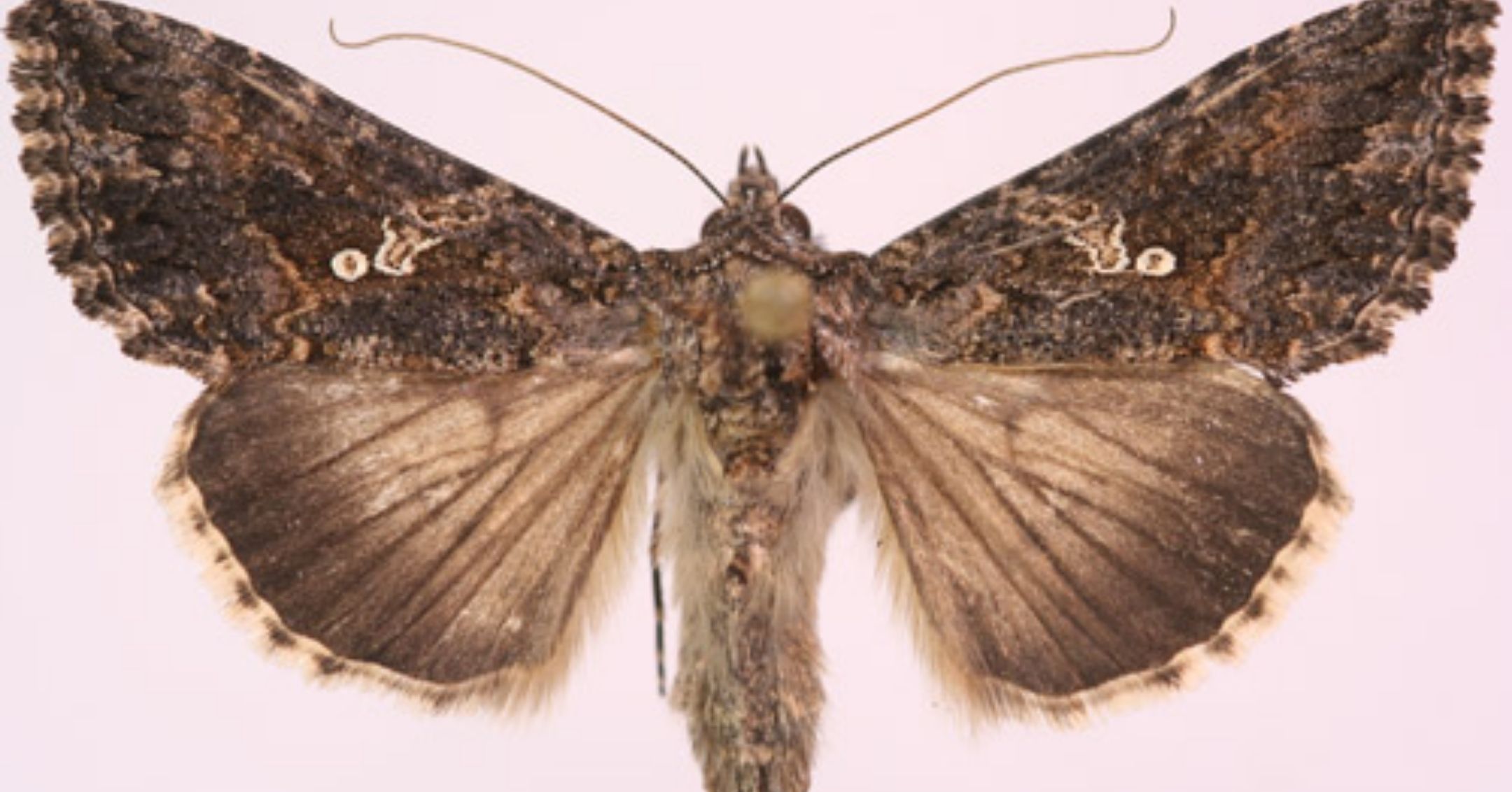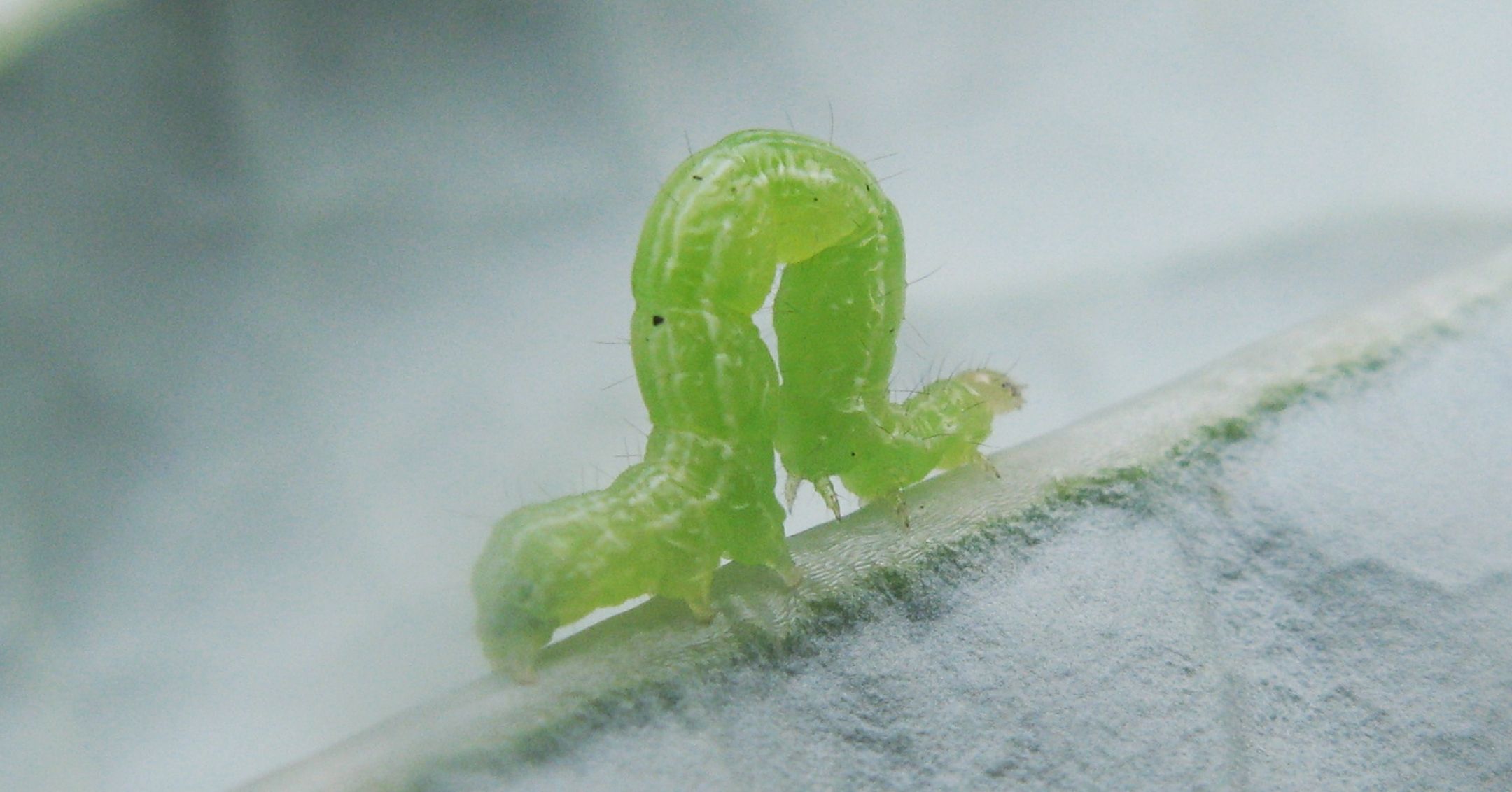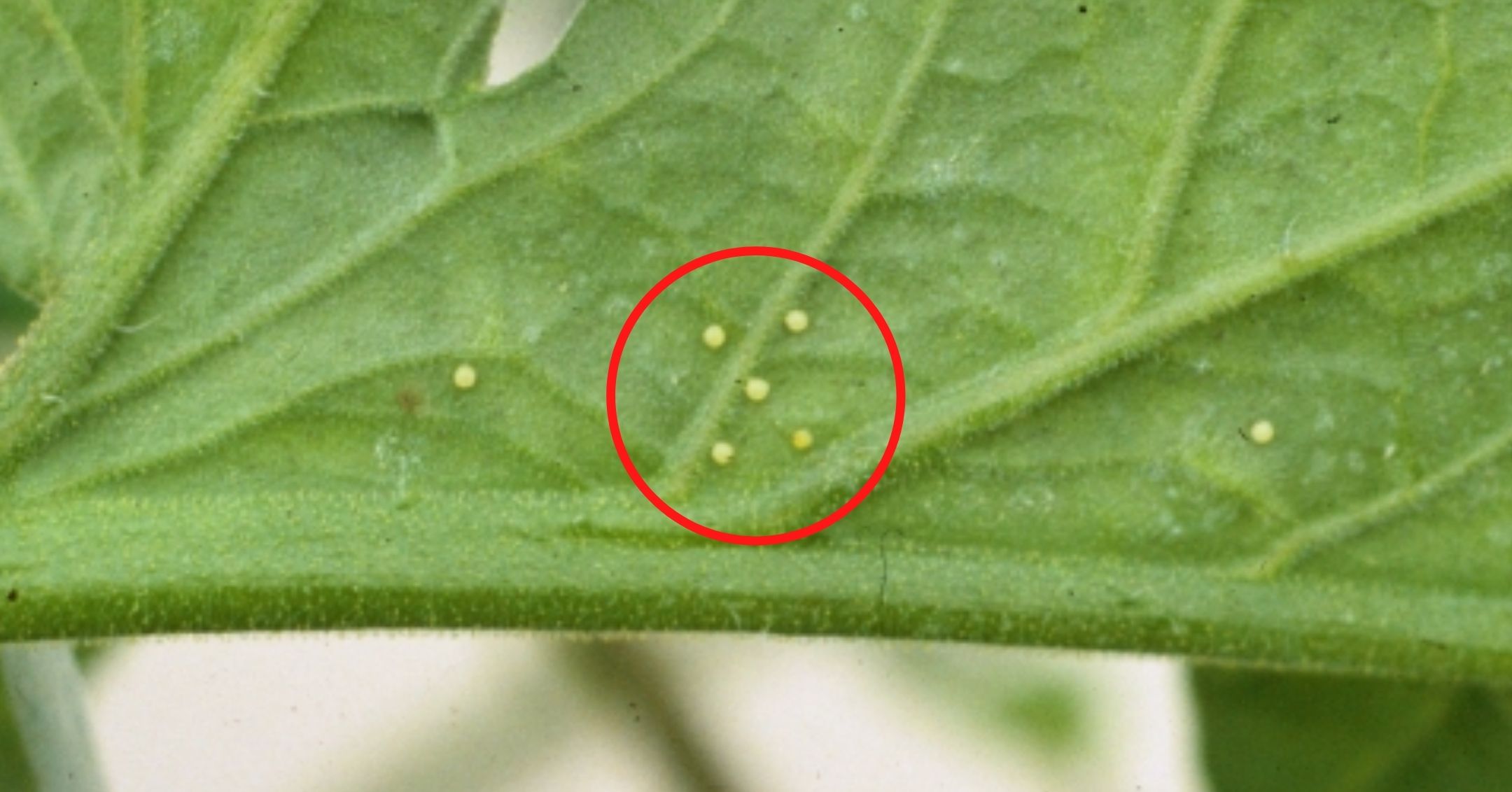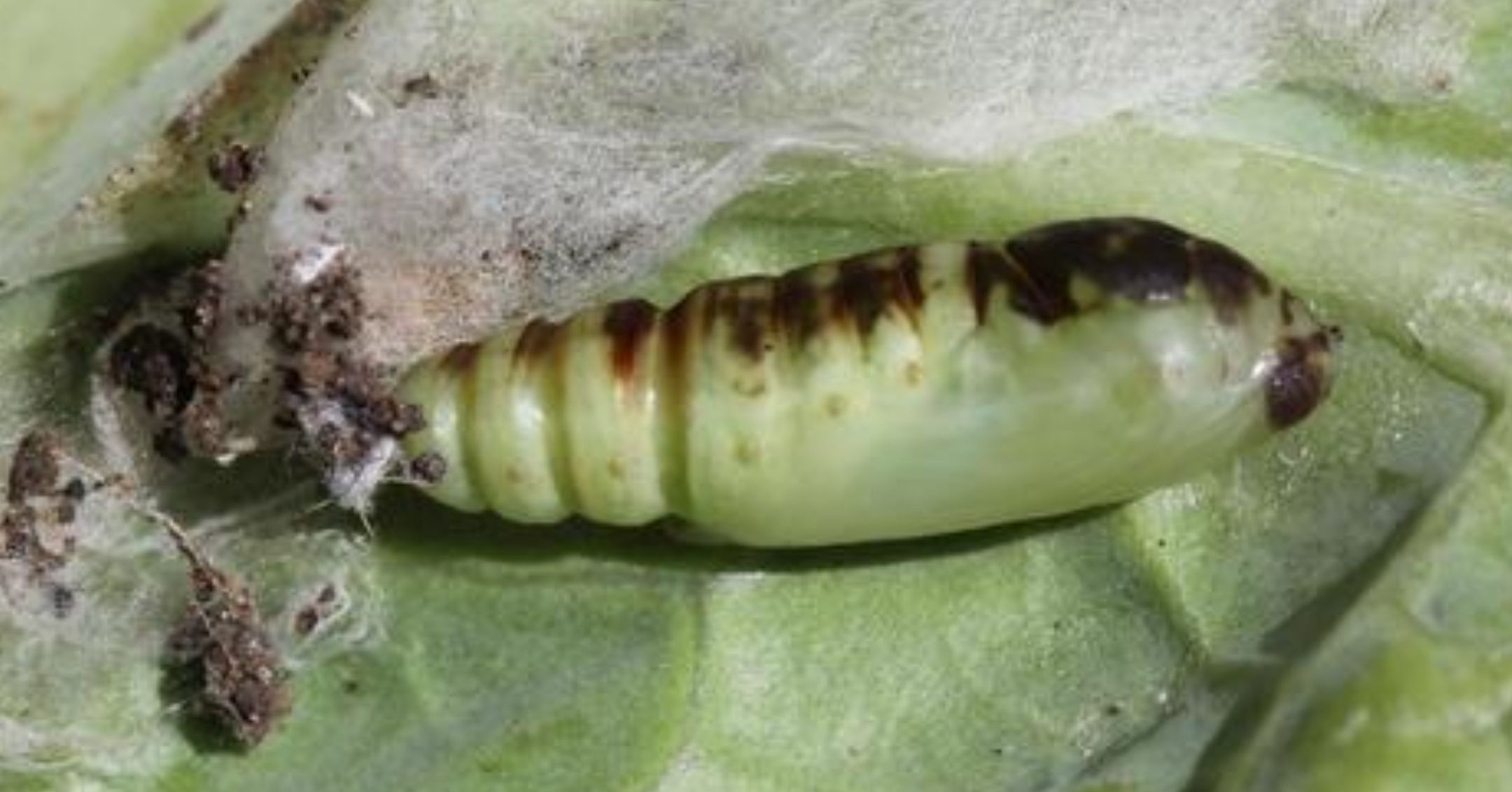Cabbage Looper




Description
Adult: Brown-colored moth with a silvery figure eight or ‘U’ shape with a circle beneath on the front wings.
Egg: Yellowish-white to green in color, dome-shaped with longitudinal ridges, and laid singly or in groups of 6 to 7 on the upper or lower surface of leaves.
Larva: Green caterpillars, about 1½ inches long at maturity, with a white stripe along each side of the body and several narrow lines along the back. Distinguished by their “loop-like” crawling where the midsection of their body forms a loop as they bring their back legs (prolegs) toward their front legs.
Pupa: About ¾ inch long. The pupa develops inside a thin white cocoon on the underside of foliage, plant debris, or in soil clods.
Life History
Overwinter as pupae, and adults begin to emerge in late March to April. Most pupae cannot survive the winter in northern Utah due to cold soil temperatures. Moths immigrate from warmer regions in the south. Eggs are laid on the upper and lower surfaces of leaves. Larvae feed on foliage for 2 weeks before pupating. The time from egg to adult is about 30 days. There are 3-4 generations per year in Utah.
Monitoring
- Monitor. Scout weekly for cabbage loopers by randomly checking one out of ten plants (10%) in small fields, and one out of 100 plants (1%) in fields > 1 acre. Look on the undersides of leaves for small larvae and eggs. Look for feeding holes; search for larvae nearby and inside damaged heads.
- Use pheromone traps. Mount traps on a stake and place just above crop canopy height at the field edges. Use a pheromone lure specific to cabbage looper to attract male moths to the trap for counting. Moths fly at dusk and into the early nighttime. See pg. 25 for sources of monitoring supplies.
Management
Loopers are difficult to manage once they get inside head-forming cole crop plants. Thus, timely monitoring and management is crucial.
Cultural
- Handpick caterpillars. Where practical (in smaller fields), physically remove larvae when plants are young or when only a few loopers are present.
- Use floating row covers. Apply covers before loopers are present to prevent adult moths from laying eggs on plants. Remove covers during flowering to allow for pollination. This option is only practical for home gardens and small commercial fields.
- Plant tolerant varieties. Cabbage varieties with resistance to cabbage looper include ‘Green Winter,’ ‘Savor,’ ‘Savoy Chieftain’, and most red cabbage varieties.
- Sanitation. Clean fields of plant debris after harvest, thus removing overwintering sites for pupae.
- Manage weeds to remove overwintering sites for pupae. Weed hosts for looper caterpillars include wild mustard, pepper grass, and shepherd’s purse.
Chemical
When more than one cabbage looper larva is found in one out of ten monitored plants (10%), treat just before heading or at Brussels sprout formation. Seedlings only require treatment if medium- to largesized caterpillars are present, and defoliation (loss of plant tissue) exceeds 10%.
Biological
Insecticides containing Bacillus thuringiensis var. kurstaki (Bt) and spinosad (e.g. Entrust) are effective in suppressing cabbage looper larvae. Bt must be applied when larvae are still young (< ½-inch long), and plant coverage is important as Bt must be ingested by larvae to be effective.

